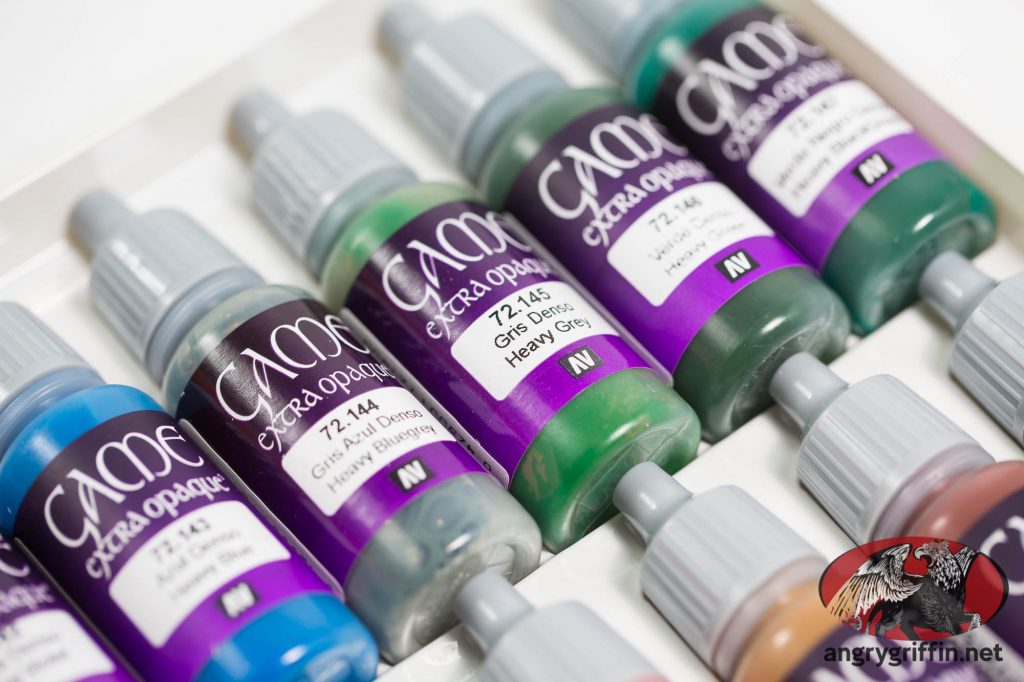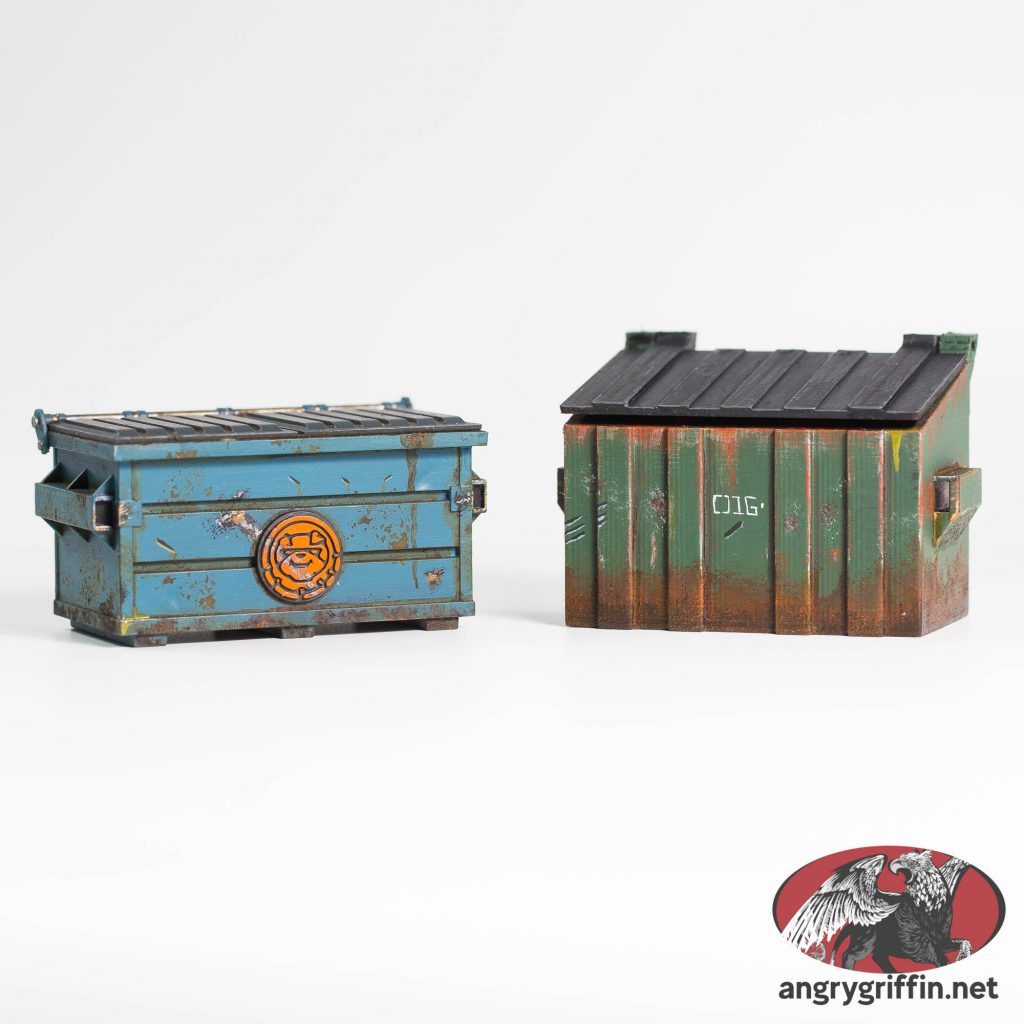Apart from making brushes, BrokenToad also have a brush soap. Here’s my short review of it.

If you’re just starting out and are wondering what on earth this is for, brush soap is essential for cleaning your brushes after use – it’ll keep the brushes usable (and useful) for far longer than if you never used it. It’s not terribly exciting visually:

It’s white, has a faint (not unpleasant) smell, is vegetable based and has had no fragrances added. One thing you want – or at least I want – out of a brush soap is the ability to get a good lather going so I can work the soap into the bristles and make sure that I get all of the paint residue out. Happily, this soap lathers easily and seems very effective at getting the old paint out of the bristles without requiring a lot of work.
In terms of value for money it’s about $14AUD on eBay AU with $9 or so postage at the time of writing, which I think is pretty decent value for 100ml of brush soap. That volume should last you quite a large number of painting sessions, and it ought to save more than $14 of brushes in that time frame.
Overall – recommended – works well and good value for money! Worth checking out if you need some brush soap, and pretty much everyone who paints miniatures needs some way of cleaning paint from their brushes if they want them to stay pointy.

















